Fine Motor Skills Normal Letter Recognition Worksheets for 3-Year-Olds
25 filtered results
-
From - To
Enhance your 3-year-old's learning journey with our engaging Fine Motor Skills Normal Letter Recognition Worksheets! Designed specifically for young learners, these worksheets help children develop essential fine motor skills while building their recognition of letters. Through fun activities such as tracing, coloring, and matching, kids will strengthen their hand-eye coordination and dexterity. Our worksheets not only promote letter familiarity but also encourage creativity and critical thinking. Perfect for preschool or in-home learning, these resources will provide an interactive way for your child to explore the alphabet and set the groundwork for future reading and writing success. Start learning today!
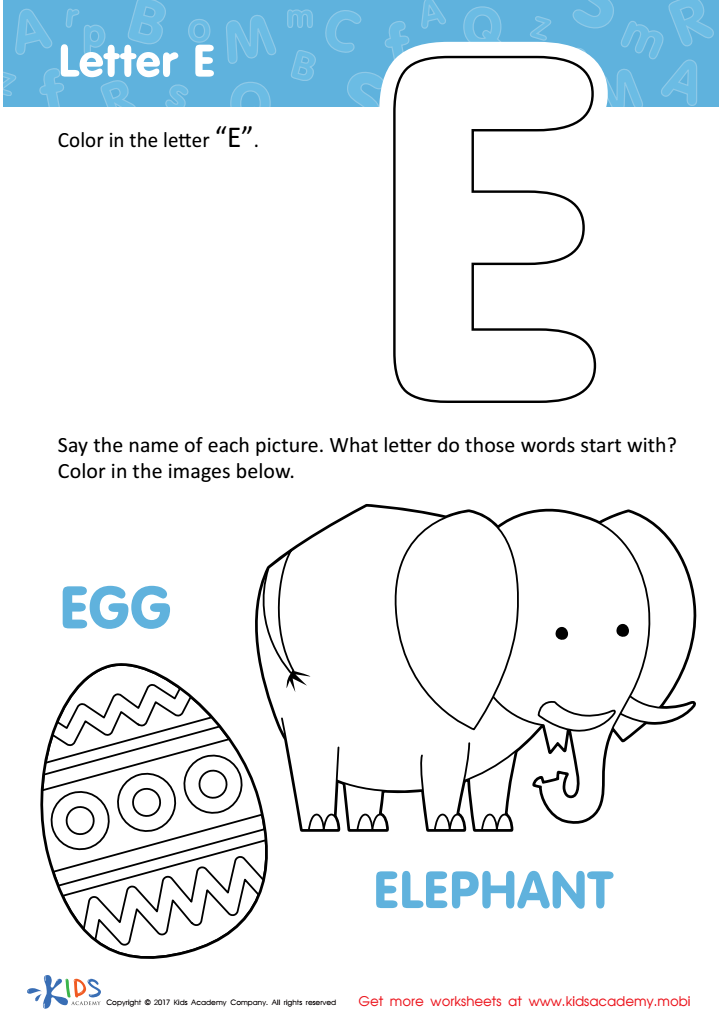

Letter E Coloring Sheet
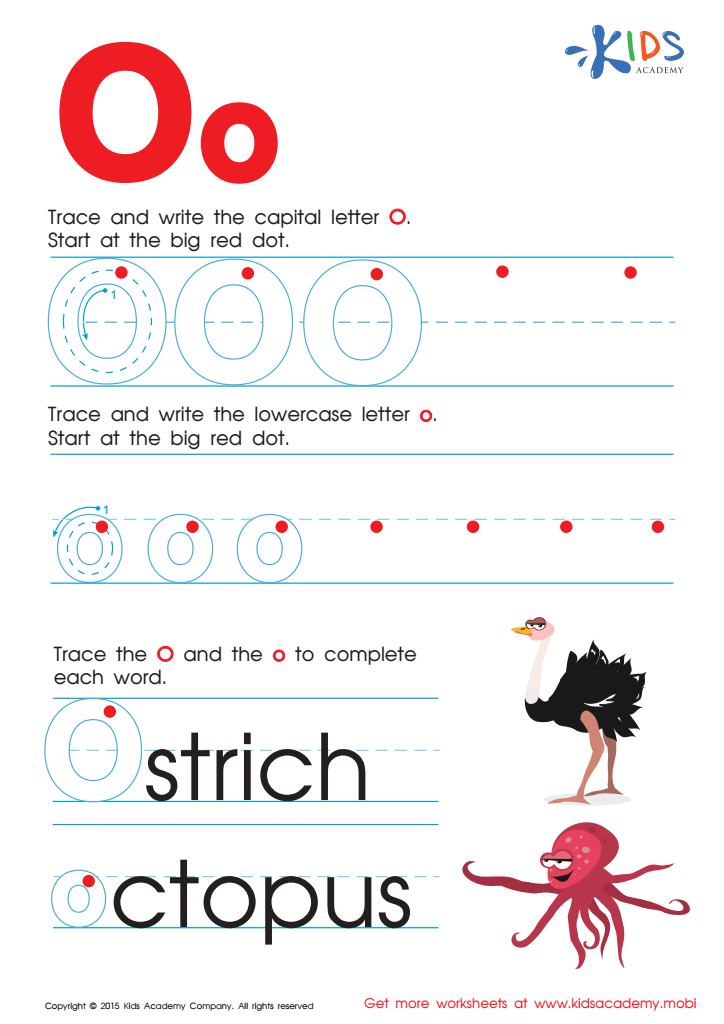

Letter O Tracing Page


Letter P Tracing Page
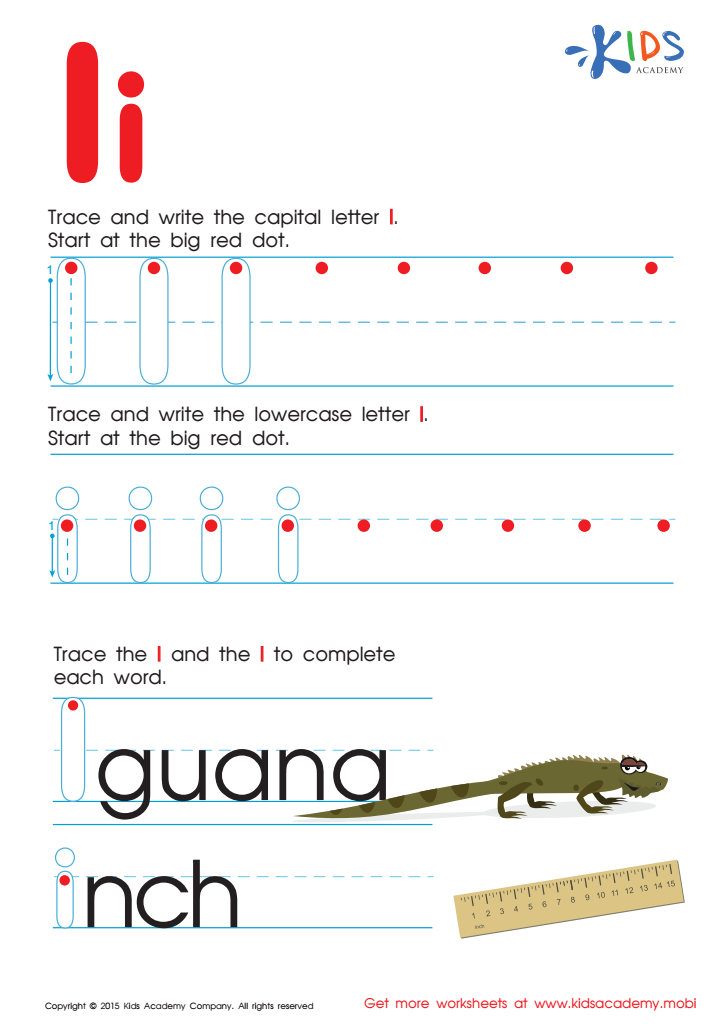

Letter I Tracing Page


Letter Q Tracing Page
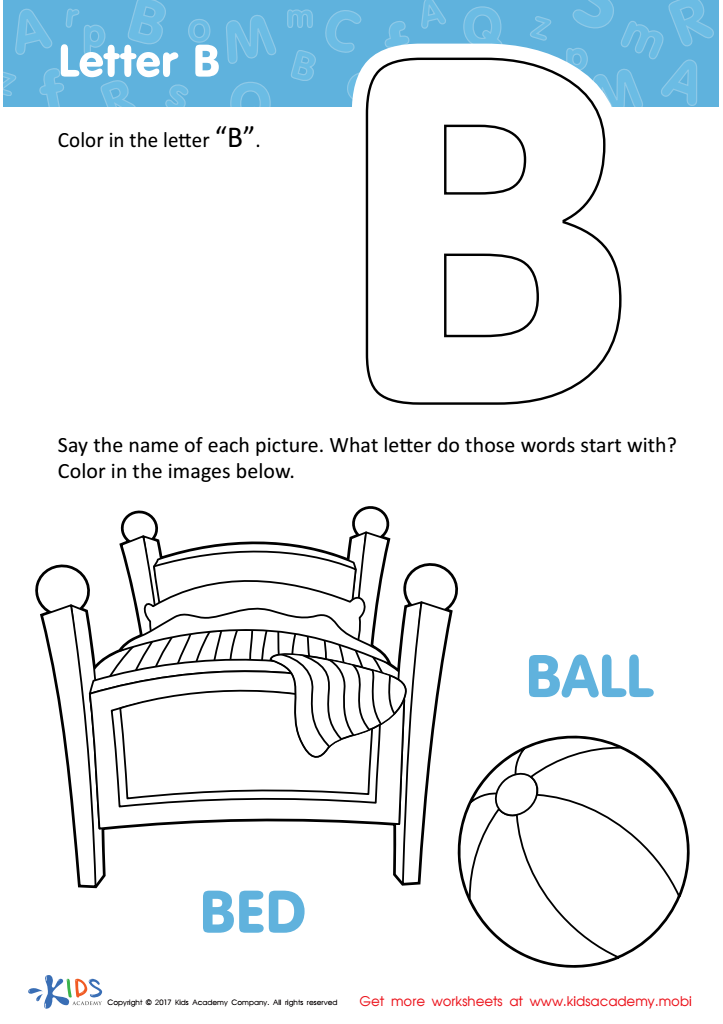

Letter B Coloring Sheet
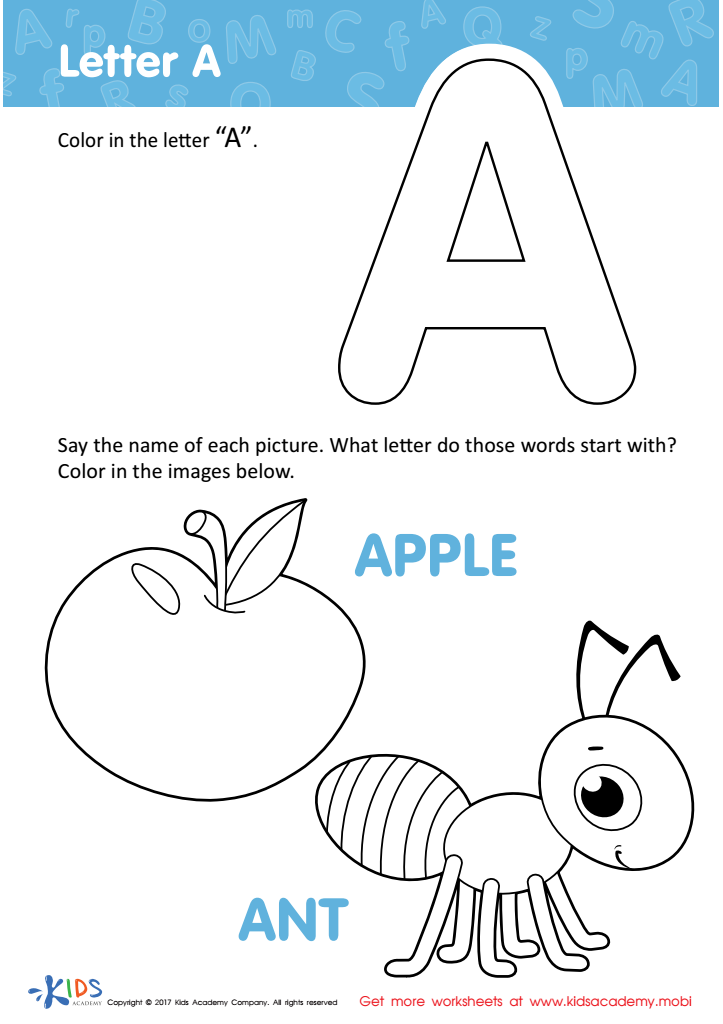

Letter A Coloring Sheet


Letter M Coloring Sheet
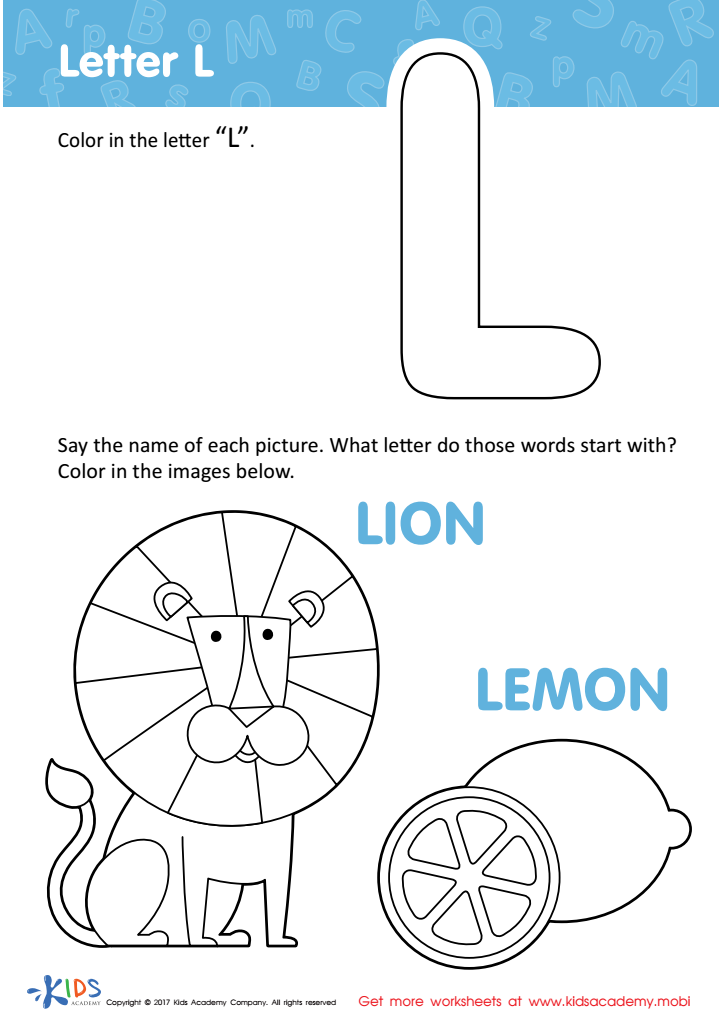

Letter L Coloring Sheet
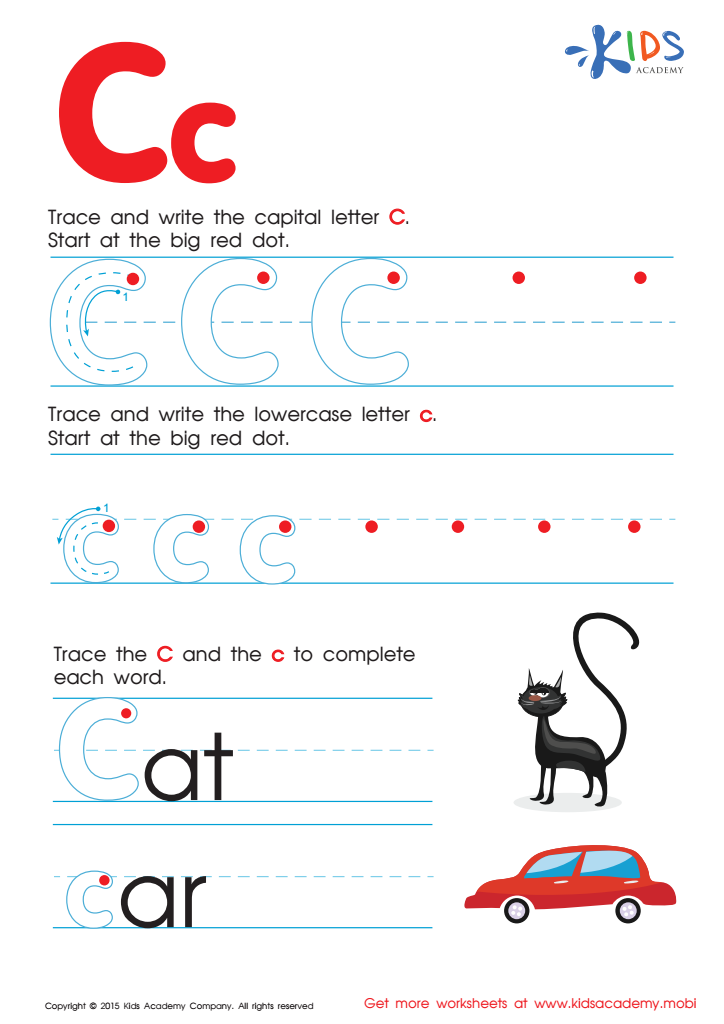

Letter C Tracing Page
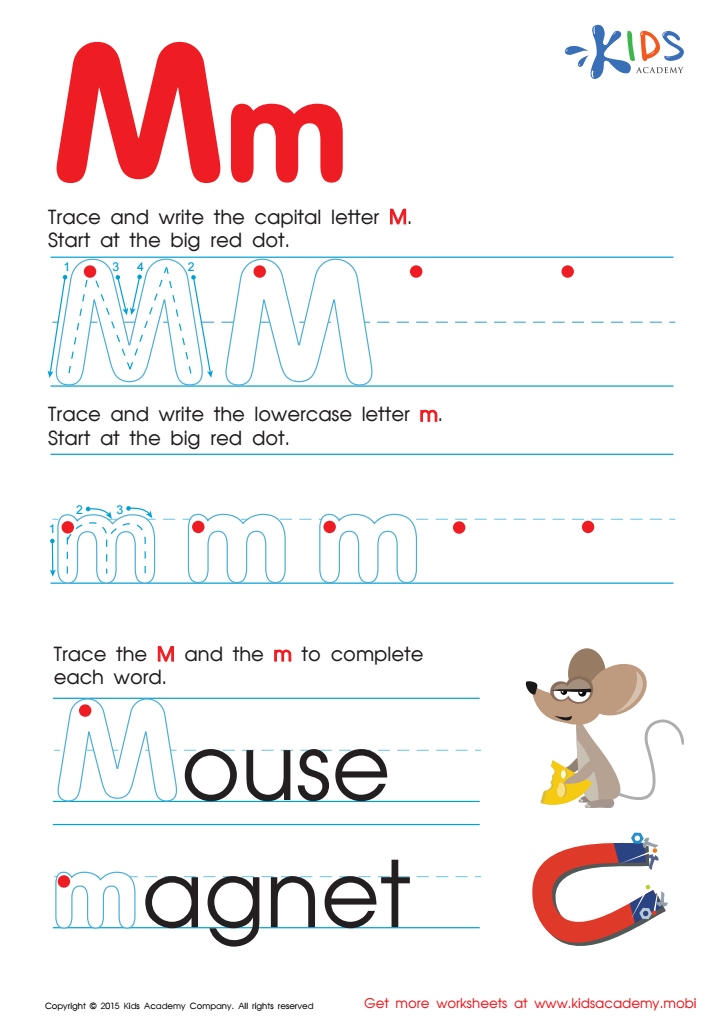

Letter M Tracing Page


Letter G Tracing Page
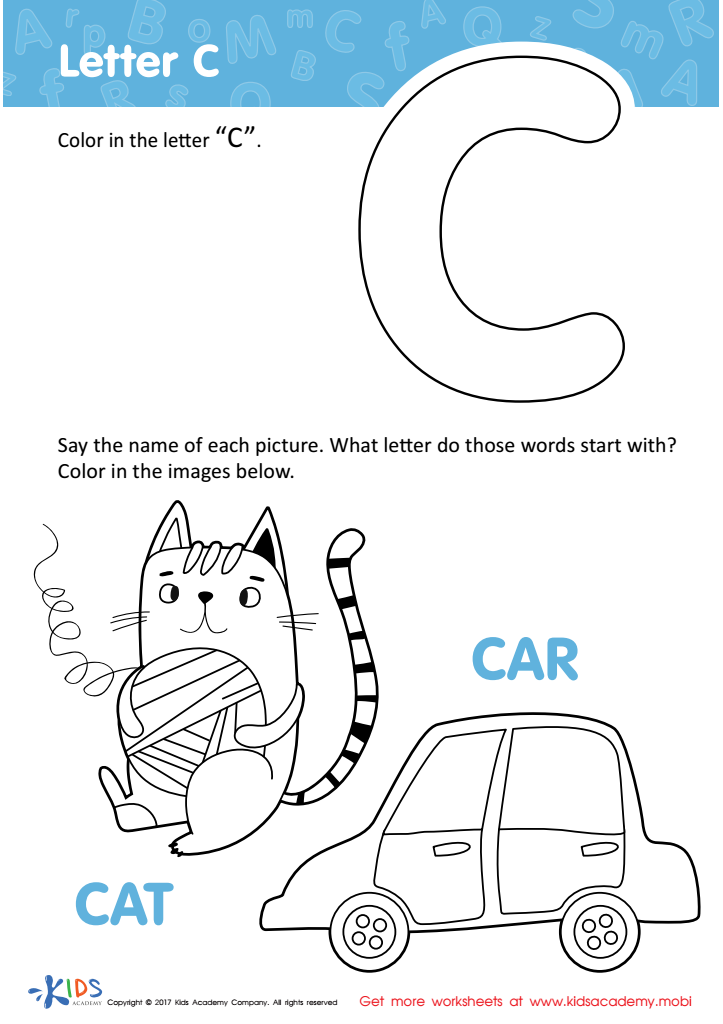

Letter C Coloring Sheet
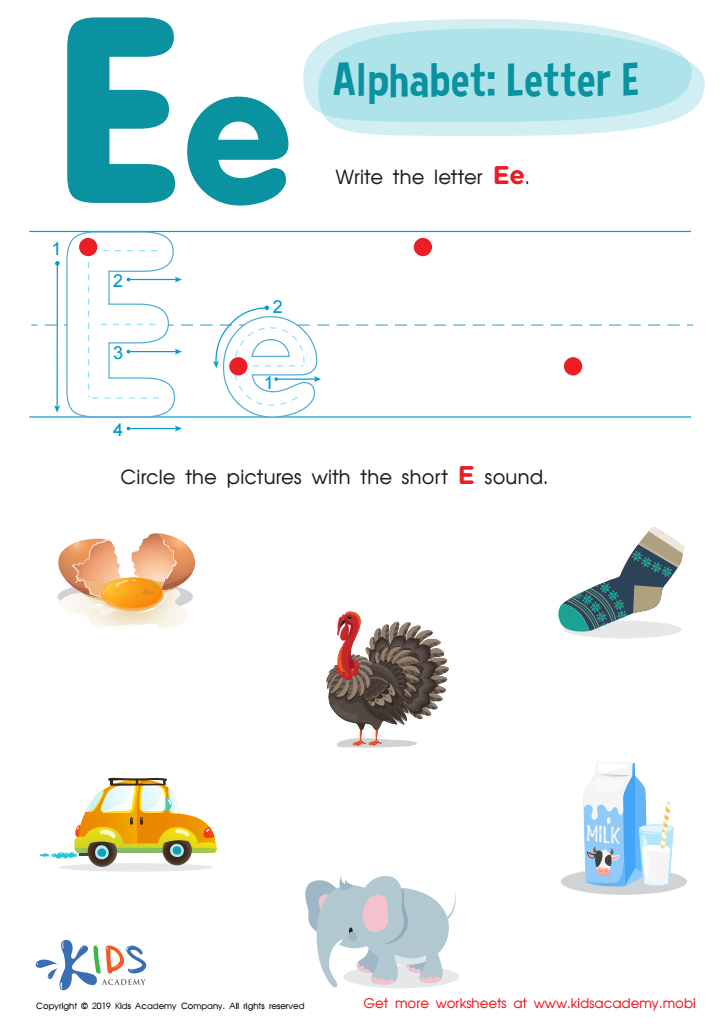

Letter E Tracing Worksheet
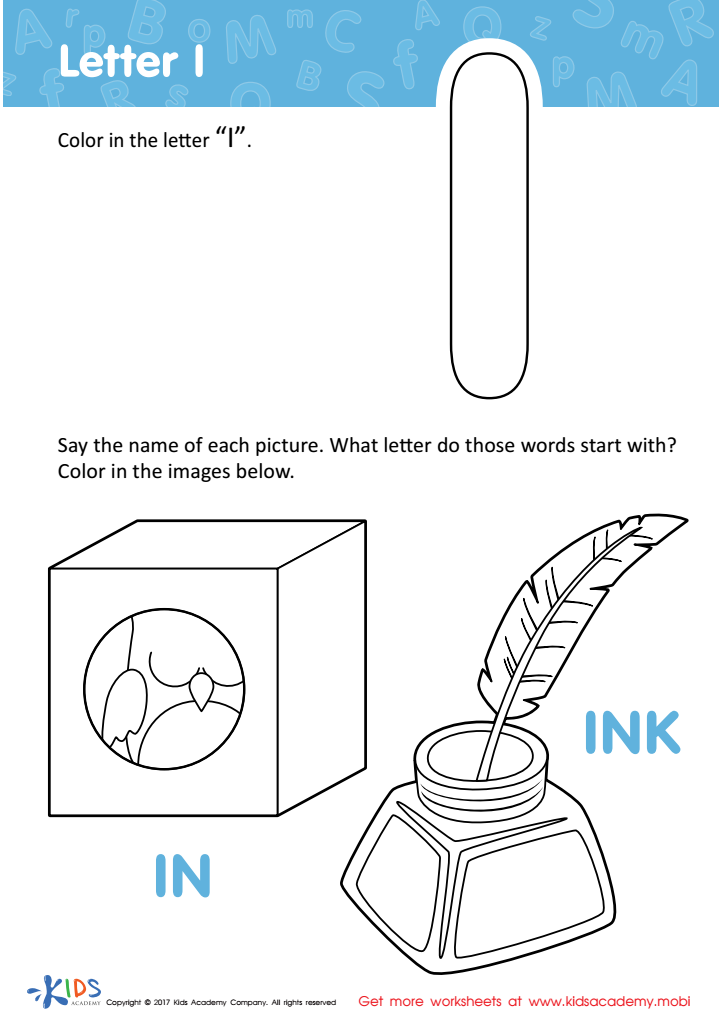

Letter I Coloring Sheet
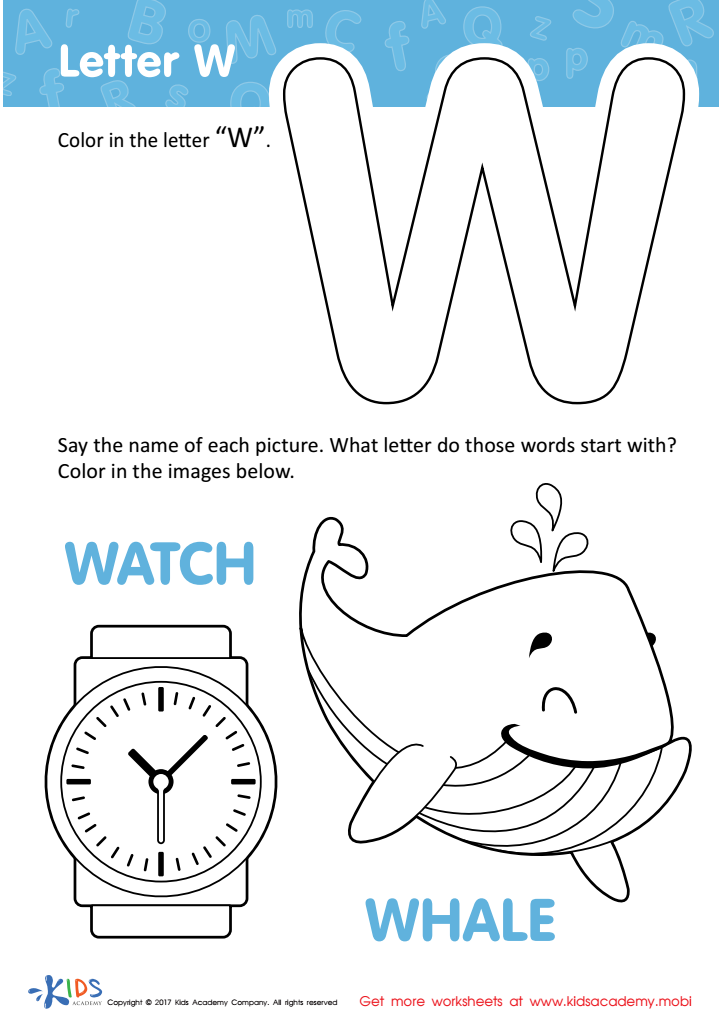

Letter W Coloring Sheet
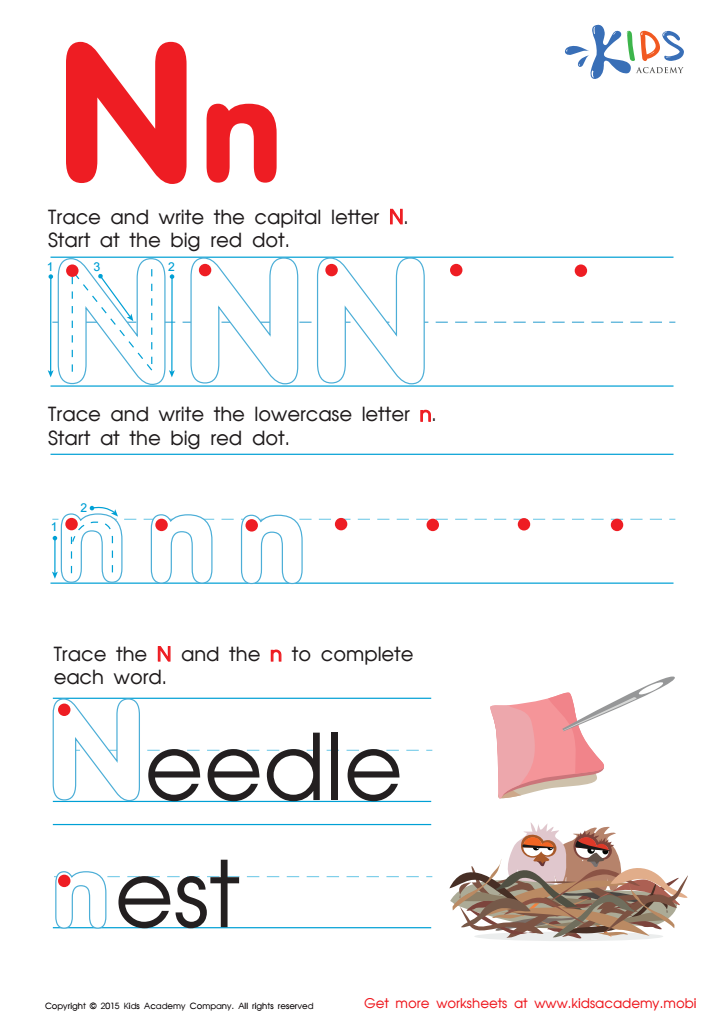

Letter N Tracing Page
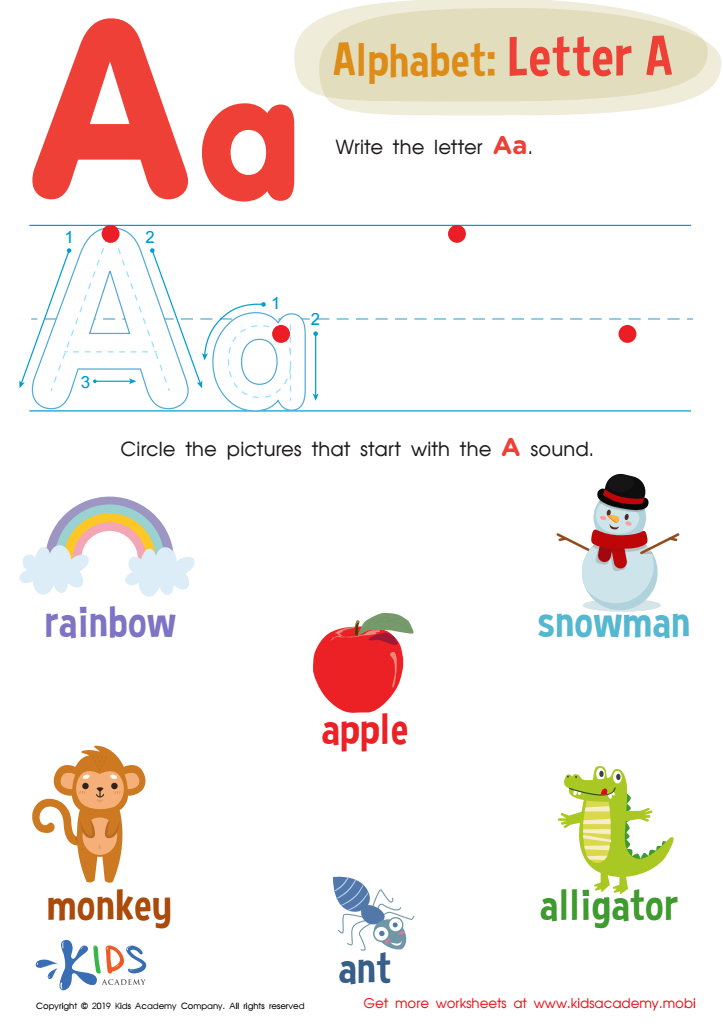

Letter A Tracing Worksheet
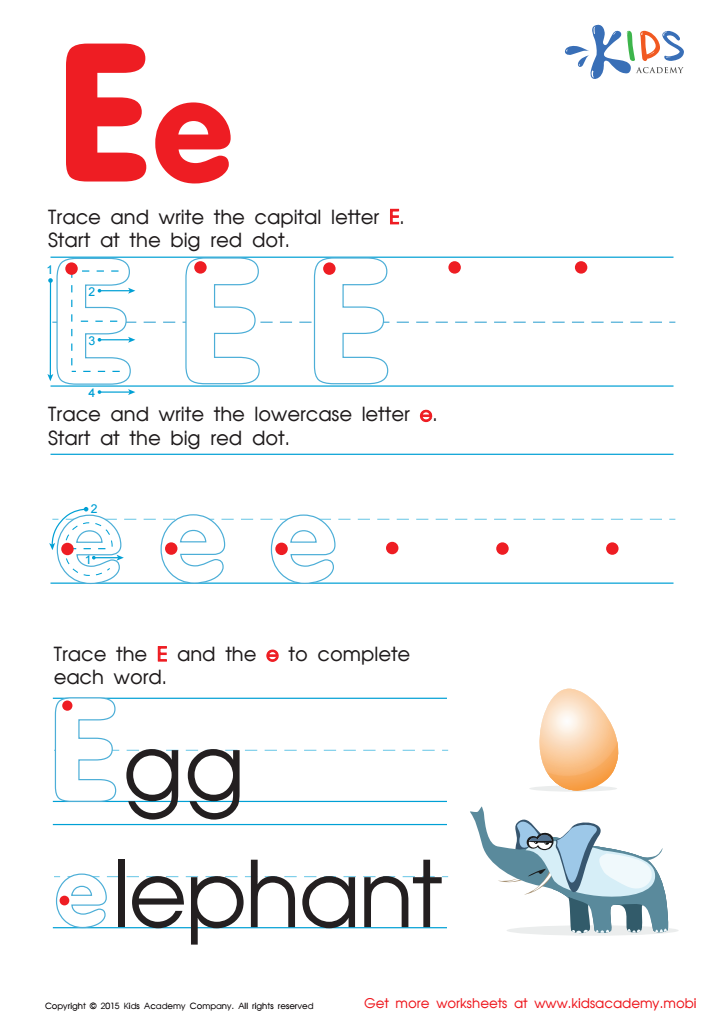

Letter E Tracing Page
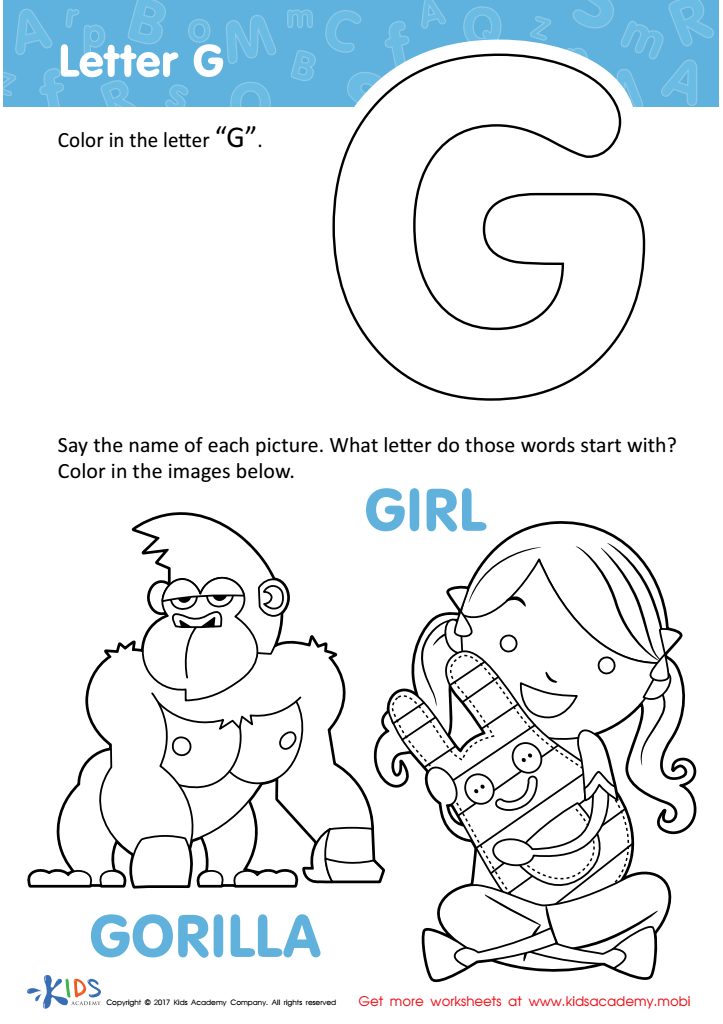

Letter G Coloring Sheet
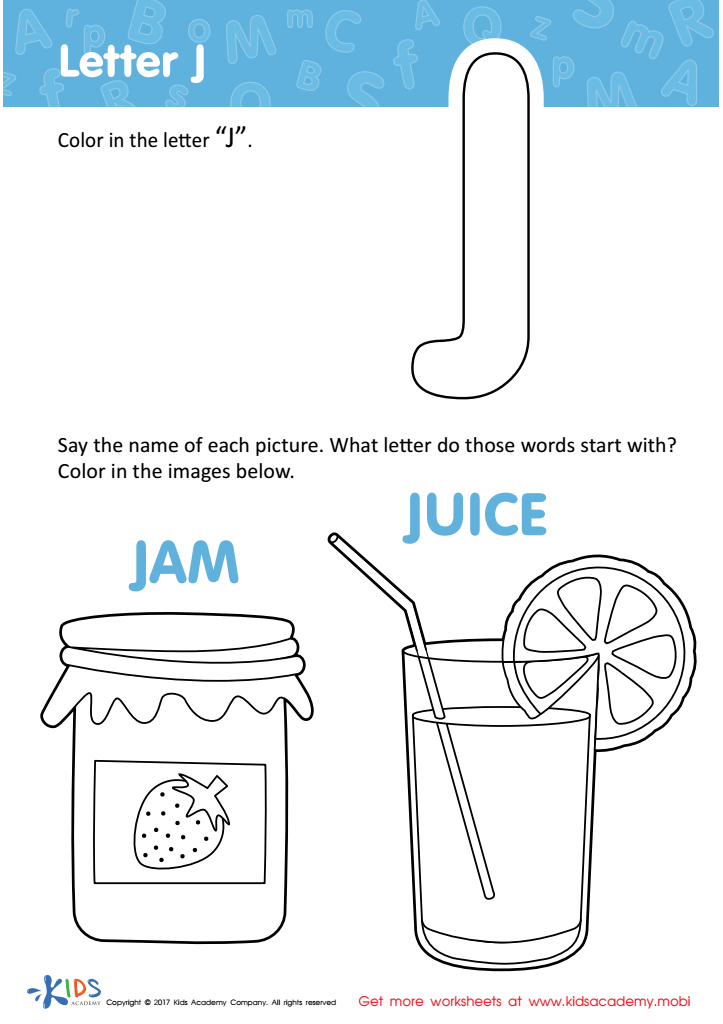

Letter J Coloring Sheet
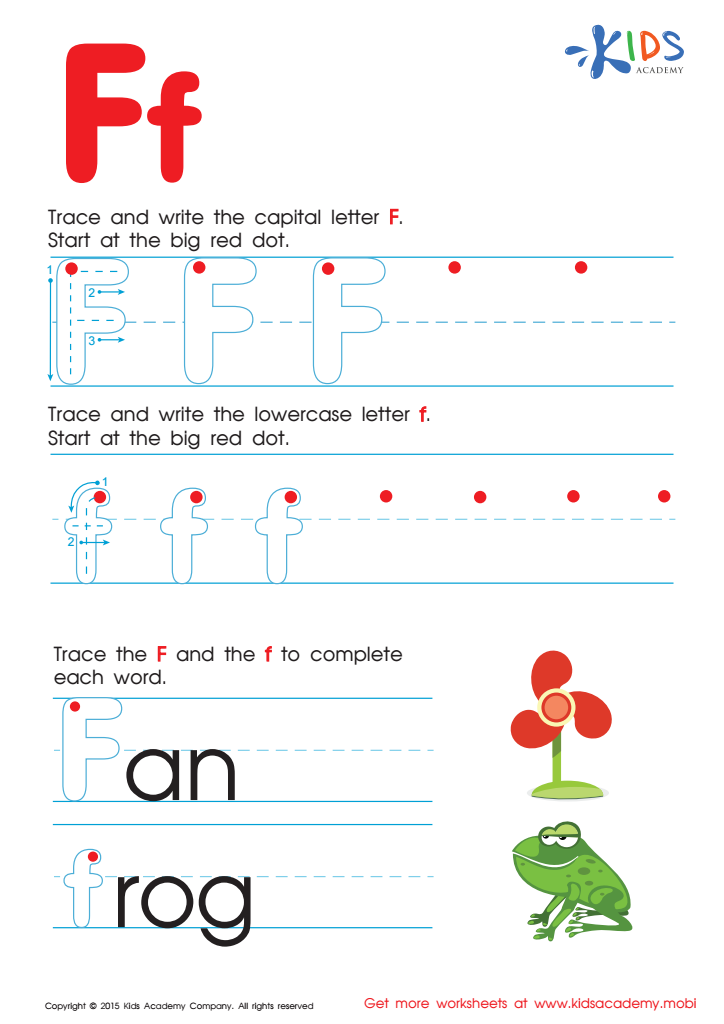

Letter F Tracing Page
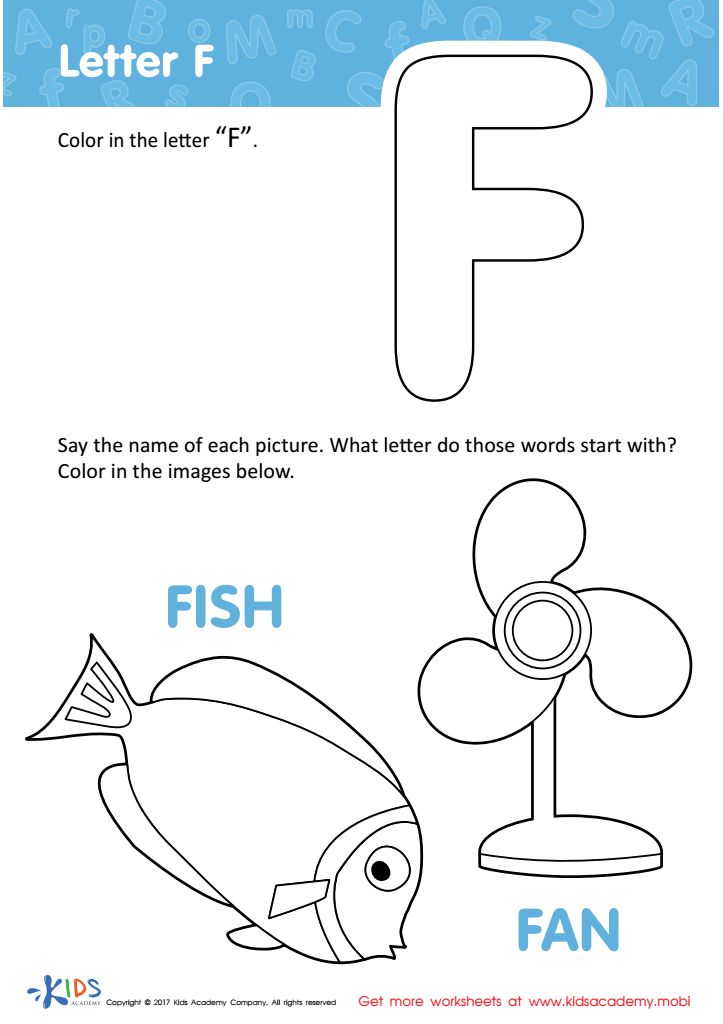

Letter F Coloring Sheet
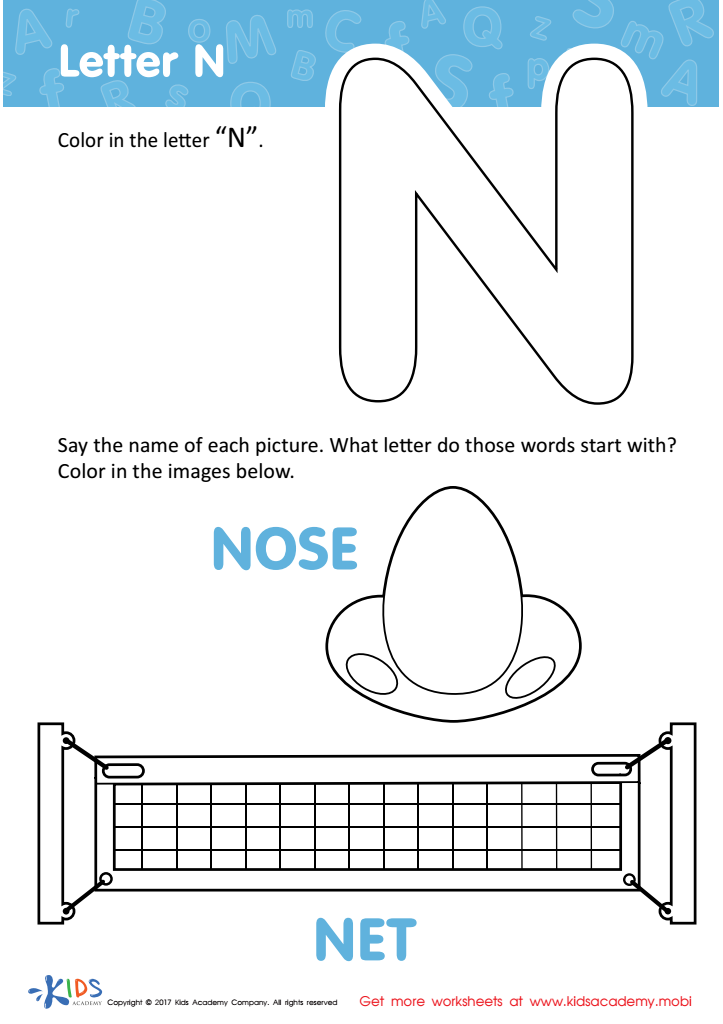

Letter N Coloring Sheet
Parents and teachers should prioritize fine motor skills and letter recognition for 3-year-olds as these foundational skills are crucial for overall developmental progress. Fine motor skills involve the ability to control small movements, essential for tasks like writing, buttoning clothes, and using utensils. Developing these skills at a young age fosters independence and confidence, as children gain the ability to manage daily activities.
Simultaneously, normal letter recognition lays the groundwork for literacy. Recognizing letters helps children understand that written language is composed of individual symbols, preparing them for reading and writing. Early letter recognition is linked to improved literacy skills in later years, making it a key focus during preschool education.
Additionally, engaging children in activities that support fine motor skills—such as drawing, cutting with safety scissors, and manipulating small objects—can make learning fun and interactive, enhancing their social skills through group play.
Combined, these skills promote cognitive development, hand-eye coordination, and problem-solving abilities, contributing to a child’s overall academic and social readiness for more structured school settings. Therefore, fostering fine motor skills and normal letter recognition is vital for setting the stage for lifelong learning and development in young children.
 Assign to My Students
Assign to My Students















